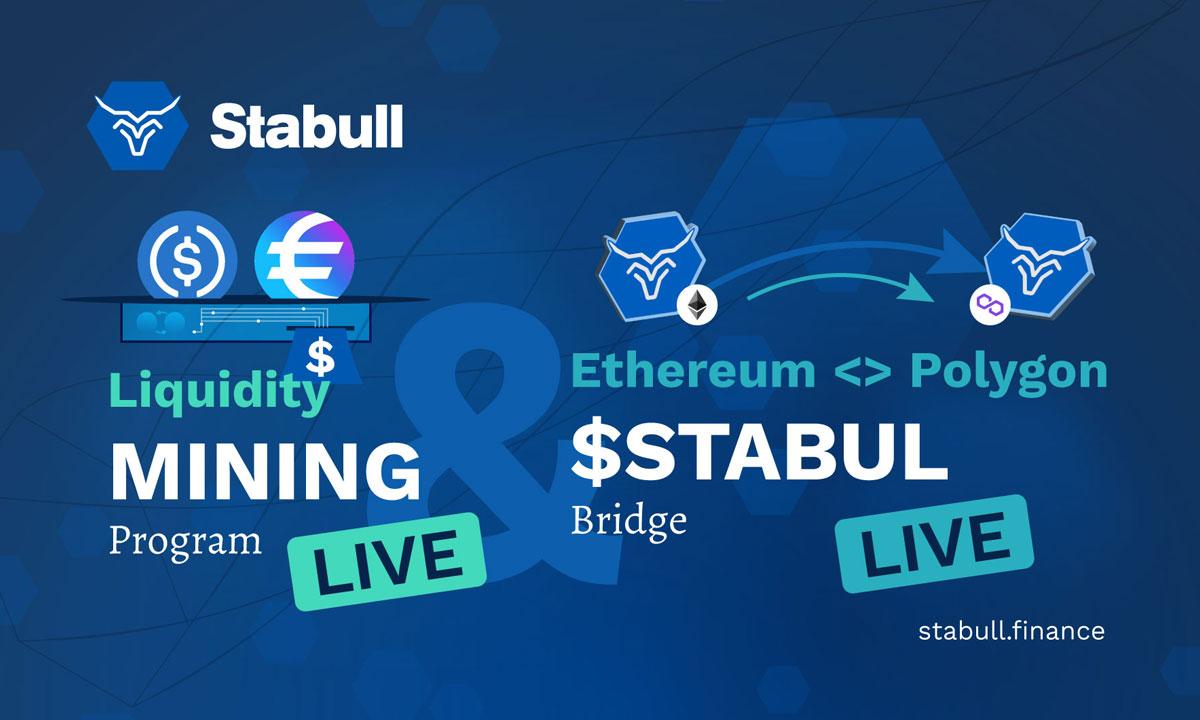At NFT Droppers, we provide the latest crypto news, in-depth project information, and comprehensive market insights. Launched in 2022, our platform covers new token launches, market trends, and detailed reviews of crypto and NFT projects. We offer reliable ratings based on 70+ evaluation factors, including tokenomics, roadmaps, and team authenticity. Whether you’re an investor or a crypto enthusiast, NFT Droppers keeps you informed with accurate, up-to-date information and expert analysis.
Will Pi Coin Price Hit $500 If Binance and ByBit List It?

Table of Contents
Pi Coin, the native cryptocurrency of the Pi Network, has been a topic of intense speculation within the crypto community. With its unique mobile mining approach and a rapidly growing user base, the project has garnered significant attention, especially as it nears its anticipated Open Mainnet launch in February 2025. One of the most pressing questions among investors and enthusiasts is whether Pi Coin’s price could soar to $500 if major exchanges like Binance and ByBit list it. This article explores the factors influencing Pi Coin’s potential price trajectory, the impact of exchange listings, and the likelihood of reaching such an ambitious target.
Understanding Pi Network and Its Current Status
Pi Network, launched in 2019 by Stanford graduates, aims to democratize cryptocurrency mining by allowing users to mine Pi Coins directly from their smartphones. Unlike traditional cryptocurrencies like Bitcoin, which require energy-intensive hardware, Pi Network leverages the Stellar Consensus Protocol, making mining accessible and energy-efficient. The project has attracted over 70 million users worldwide, with more than 19 million having completed KYC verification and over 10 million migrated to the mainnet as of early 2025.
Currently, Pi Coin operates in an Enclosed Mainnet phase, meaning it is not yet tradable on external exchanges, and transactions are limited to within the Pi ecosystem. The upcoming Open Mainnet launch, scheduled for February 20, 2025, is expected to enable trading on major exchanges, potentially including Binance and ByBit, and allow Pi to integrate with external blockchains and real-world applications. However, the project has faced delays in the past, raising questions about its execution and long-term viability.
The Role of Exchange Listings in Crypto Price Movements
Listings on major cryptocurrency exchanges like Binance and ByBit are often pivotal moments for new tokens. These platforms provide significant liquidity, exposure, and credibility, which can drive substantial price increases, especially in the short term. Historical examples, such as the listing of tokens like Solana (SOL) or Avalanche (AVAX) on Binance, demonstrate how exchange listings can lead to rapid price surges due to increased demand and speculative trading.
For Pi Coin, a listing on Binance, the largest crypto exchange by trading volume, could provide a massive liquidity boost and attract institutional and retail investors alike. ByBit, another prominent exchange, could further amplify this effect, especially given its focus on derivatives trading, which often fuels volatility. However, the sustainability of such price increases depends on several factors, including the project’s fundamentals, market sentiment, and tokenomics.
Factors Influencing Pi Coin’s Price Potential
To assess whether Pi Coin could reach $500, several key factors must be considered:
1. Tokenomics and Supply Dynamics
Pi Network’s tokenomics are not fully transparent, but it is known that the project has a maximum supply of 100 billion Pi Coins. The circulating supply at launch will depend on how many coins are unlocked and how quickly early miners can sell their holdings. A large initial circulating supply could exert significant selling pressure, potentially capping price gains unless matched by equally strong demand.
For Pi Coin to reach $500, its fully diluted valuation (FDV) would need to be $50 trillion (100 billion coins × $500). To put this in perspective, Bitcoin’s market cap, as of early 2025, is around $2 trillion, making Pi’s hypothetical valuation 25 times larger. Such a market cap seems highly improbable in the near term, given the current size of the global cryptocurrency market, which is approximately $3 trillion.
2. Demand and Adoption
Demand for Pi Coin will be a critical driver of its price. The project’s large user base of over 70 million engaged users provides a strong foundation, but converting these users into active participants in the Pi ecosystem (e.g., using Pi for transactions, DeFi, or other applications) will be essential. The success of Pi Bridge, which enables interoperability with other blockchains like Binance Smart Chain, could enhance Pi’s utility and attract developers and businesses, boosting demand.
However, the crypto market is highly competitive, with established players like Ethereum, Solana, and newer projects vying for dominance. Pi Network must demonstrate real-world use cases and differentiate itself to sustain long-term demand.
3. Market Sentiment and Speculation
Market sentiment heavily influences cryptocurrency prices, especially for newly listed tokens. A Binance or ByBit listing could trigger a speculative frenzy, driving Pi Coin’s price higher in the short term. However, such rallies are often followed by sharp corrections as early investors and miners sell off their holdings to realize profits. The extent of this selling pressure will depend on how Pi Network structures its token unlock schedule—gradual unlocks over years are less likely to cause a price crash compared to a sudden flood of coins into the market.
4. Regulatory and Exchange Risks
The regulatory environment for cryptocurrencies remains uncertain, particularly for projects like Pi Network, which has faced scrutiny over its prolonged development timeline and allegations of pyramid scheme-like practices in some regions. If Binance or ByBit perceive regulatory risks, they may hesitate to list Pi Coin, or impose strict conditions, which could dampen investor enthusiasm.
Moreover, ByBit’s CEO has publicly denied plans to list Pi Coin, citing concerns over its legitimacy. While Binance has not made an official statement, its rigorous listing criteria—focusing on project fundamentals, user base, and compliance—suggest that Pi Network would need to meet high standards to secure a listing. Without confirmation from these exchanges, any price predictions remain speculative.
5. Historical Precedents
Looking at historical examples, tokens listed on major exchanges often experience initial price surges of 50% to 200% within days or weeks, followed by corrections. For instance, when OKX listed Pi Coin in early 2025, its price reportedly surged 106% from $50 to over $95 before correcting. While this demonstrates the potential for short-term gains, reaching $500 would require a sustained rally far beyond typical post-listing behavior, driven by exceptional fundamentals and market conditions.
Realistic Price Scenarios for Pi Coin
Given the factors above, let’s outline three potential price scenarios for Pi Coin following a Binance and ByBit listing:
1. Bullish Scenario: $150–$200
In an optimistic scenario, Pi Coin secures listings on both Binance and ByBit, leading to a surge in demand driven by speculative trading and strong community support. If the project successfully integrates real-world use cases, such as merchant adoption or DeFi applications, and manages selling pressure through gradual token unlocks, Pi Coin could reach $150–$200 within the first year of trading. This would imply a market cap of $15–$20 trillion, still a stretch but more plausible than $50 trillion, especially if the broader crypto market experiences a bull run.
2. Base Scenario: $50–$100
In a more realistic scenario, Pi Coin experiences a strong initial rally post-listing, reaching $50–$100, driven by hype and speculative trading. However, selling pressure from early miners and limited real-world adoption could cap gains, leading to a correction. This price range implies a market cap of $5–$10 trillion, aligning more closely with the current scale of the crypto market but still positioning Pi Coin as a top-tier cryptocurrency.
3. Bearish Scenario: Below $20
In a pessimistic scenario, Pi Coin faces challenges such as regulatory hurdles, delayed adoption, or excessive selling pressure from early miners. If Binance or ByBit declines to list the coin, or if listings on smaller exchanges like OKX, MEXC, or Bitget fail to generate sustained demand, Pi Coin could struggle to maintain value, potentially dropping below $20. This would imply a market cap of $2 trillion or less, still significant but far from the lofty expectations of reaching $500.
Expert Predictions and Community Sentiment
Analyst predictions for Pi Coin vary widely, reflecting the uncertainty surrounding its launch and adoption. Some bullish forecasts suggest Pi Coin could reach $300–$500 in the long term (e.g., by 2030) if it achieves mass adoption and becomes a leading cryptocurrency. However, more conservative estimates, such as those from Techopedia, predict a modest $0.8 in 2025, rising to $1.05 by 2030, citing concerns over selling pressure and market competition.
Community sentiment, as reflected in posts on X, is equally mixed. Some users are optimistic, predicting prices as high as $500–$1,000 if Binance lists the coin, driven by its large user base and potential for mainstream adoption. Others are skeptical, warning of a potential “dump” by early miners and questioning the project’s legitimacy, especially given ByBit’s refusal to list it and controversies over pyramid scheme allegations in China.
Critical Considerations for Investors
While the prospect of Pi Coin reaching $500 is enticing, investors should approach the project with caution. Here are some key considerations:
Speculative Nature: Pi Coin’s price predictions are highly speculative, as the coin is not yet tradable on major exchanges, and its real value cannot be determined until the Open Mainnet launch.
Risk of Volatility: Newly listed tokens often experience extreme volatility, with rapid price swings that can result in significant losses for unprepared traders.
Project Execution: Pi Network’s ability to deliver on its roadmap, secure exchange listings, and build a robust ecosystem will be critical to its success.
Regulatory Risks: Regulatory scrutiny could impact Pi Coin’s adoption, especially if governments impose restrictions on mobile mining or unverified projects.
Conclusion: Is $500 Realistic?
While a Binance and ByBit listing could significantly boost Pi Coin’s price, reaching $500 appears highly unlikely in the near term. Such a price would require an unprecedented market cap of $50 trillion, far exceeding the current size of the entire cryptocurrency market. Based on historical precedents and current market dynamics, more realistic price targets range from $50–$200 in the first year of trading, assuming strong fundamentals and favorable market conditions.
Investors should remain vigilant, closely monitoring official announcements from Pi Network and potential exchange partners like Binance. While Pi Coin has the potential to become a major player in the crypto space, its path to success is fraught with challenges, and any investment should be made with a clear understanding of the risks involved. For now, the dream of Pi Coin hitting $500 remains a speculative fantasy rather than a grounded expectation.

Disclaimer: The information presented here may express the authors personal views and is based on prevailing market conditions. Please perform your own due diligence before investing in cryptocurrencies. Neither the author nor the publication holds responsibility for any financial losses sustained.
CRYPTO PAYMENT GATEWAY
 Crypto Cloud
Crypto CloudTOP EXCHANGES
BEST CRYPTO CASINO
BEST HARDWARE WALLET
 Tangem
Tangem
 Xyes Casino (Must Try)
Xyes Casino (Must Try) Stake.com
Stake.com Coins.Game Casino
Coins.Game Casino